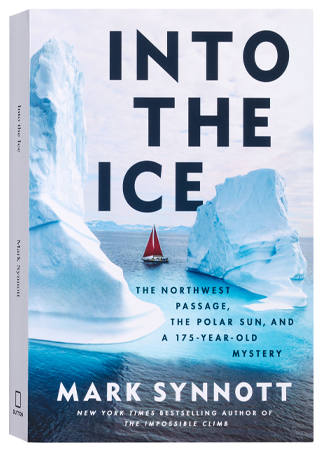
INTO THE ICE
Mark Synnott
Mark Synnott ’93 is the master storyteller of gripping adventures that take place in some of the Earth’s most challenging spots—he held us enthralled in The Impossible Climb and The Third Pole. Now he is back with Into the Ice, an exciting travelogue about his journey through the Northwest Passage in his own fiberglass-hulled boat, an expedition only 400 or so sailors have ever accomplished. Many have perished, and part of Synnott’s story revolves around trying to solve the mystery of what happened to British captain Sir John Franklin and his crew in 1845 during their legendary attempt to traverse the passage. Synnott’s in-depth look along the way at the history of the land, the people who live there today, and the devastating effects of climate change on the Arctic give his narrative a close-up view of a region that has undergone enormous change in the past two centuries. Yet the challenges of exploration remain, and Synnott’s tale of his harrowing and thrilling voyage will keep you entranced as he searches for Franklin’s tomb and battles the hostile environment.
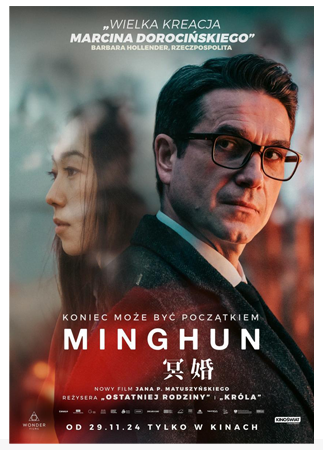
MINGHUN
Daxing Zhang
Over the years, Daxing Zhang ’85 has had a variety of jobs, from working for major TV networks in Beijing to being a Chinese sportscaster; but the majority of his career has revolved around films, including writing and producing them. However, he says, he has always felt “he is an actor trapped in the body of everything else he’s done,” so it makes sense that he would take on a primary role in Jan P. Matuszynski’s Minghun. Minghun is a Chinese word that means “spirit marriage” and refers to a marriage where one or both partners are deceased. Zhang plays Ben, the father of a woman who dies, leaving behind her husband and daughter, Masia. When Masia also dies, Ben travels to Poland where the son-in-law lives, and together they attempt to perform a minghun for Masia so that she might find balance and not be lonely in the afterlife. The resulting emotional journey the two men take together deals with accepting loss, recognizing the depth of family love, and pursuing the quest for life’s meaning, even beyond death.
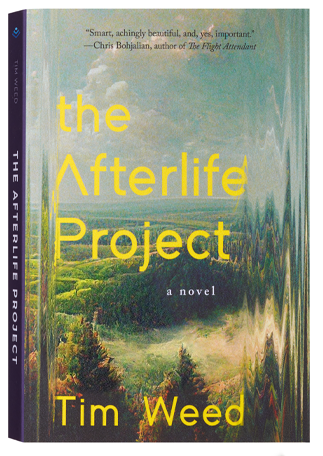
THE AFTERLIFE PROJECT
Tim Weed
Author Tim Weed ’87 has taken a bold step in The Afterlife Project, as he imagines the imminent extinction of the human race and the extreme measures people will take to avoid that phenomenon. It’s 2068 AD and Centauri Project scientists have sent a test subject, a microbiologist named Nicholas, 10 millennia into Earth’s future to search for evidence of remnant populations in what seems to be an uninhabited wilderness. Meanwhile, a devastating hyperpandemic has thrown humanity’s future into serious uncertainty, and four surviving members of the Centauri team set sail on a solar-powered yacht across the Atlantic Ocean in search of a second test subject they have heard exists in Sicily: a woman capable of getting pregnant. The dangers they endure along the way are set against an unfolding and impossible love story across the vastness of geological time, as the scientists work to keep humans in existence. It may sound like an end-of-the-world tale, but it defines the strength and bravery of human beings and what they will do to preserve this precious thing we call life in the face of overwhelming odds.
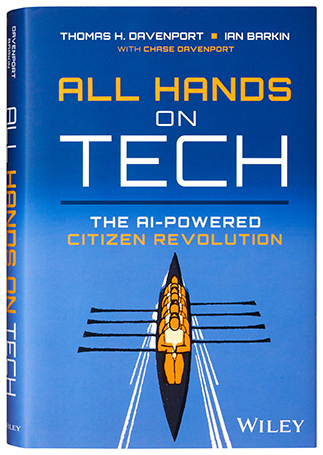
ALL HANDS ON TECH
Thomas H. Davenport and Ian Barkin
With so much discussion about AI in the news, it’s easy to wonder how it will affect businesses and the people they employ as automators, developers, and data scientists. Thomas Davenport and Ian Barkin ’98 (with help from Chase Davenport) have published All Hands on Tech: The AI-Powered Citizen Revolution, a book Barkin says is “a celebration of the human element in the era of AI.” As AI becomes more accessible through a new generation of AI-powered low-code and no-code tools, it’s becoming more democratized, as “citizen developers” in various businesses are able to create practical applications for its use. Companies can more easily digitize their operations with the work of these non-IT employees and free up IT people to take on more complex projects. But how does that route get controlled and ensure success without generating security issues? This book is a well-documented and grounded guide on how to enable citizen development while minimizing risk and maximizing value to organizations.
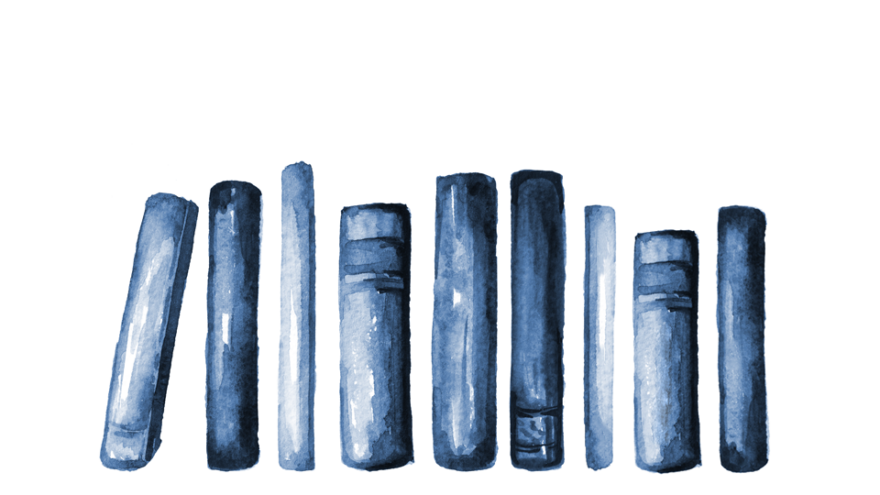
Leave a Reply